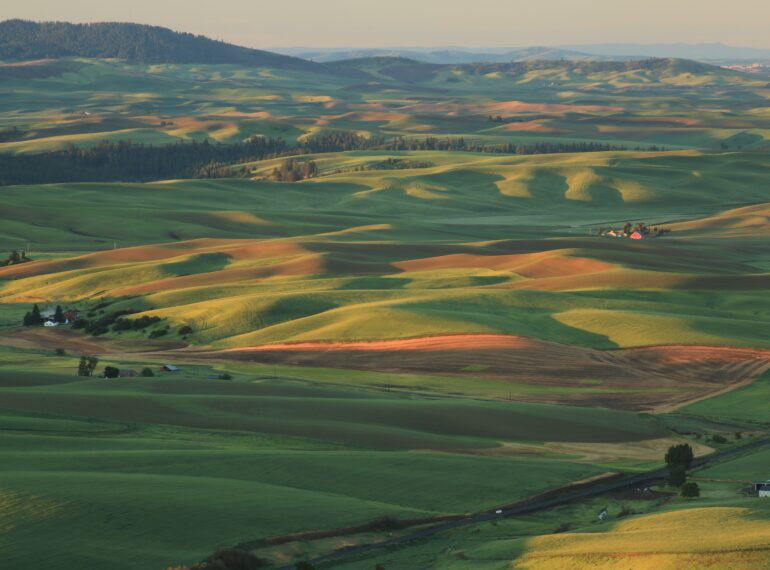
The Conservation Reserve Program (CRP) allows farmers to retire fragile lands from cultivation for 10-15 years and implement conservation practices, leading to environmental benefits such as reduced erosion, carbon sequestration and wildlife enhancement. In recent years, total federal spending on the program has been around $1.7 billion.
The CRP’s environmental benefits have been well- documented. CRP improves water quality by reducing nitrogen and phosphorus runoff in fields. Grass filters and riparian buffers intercept contaminants before they enter waterways. Grass and tree planting reduce nitrate loss, while restored and constructed wetlands convert nitrate into benign atmospheric nitrogen. Wildlife habitat benefits have also been demonstrated through numerous studies; bird populations increased (or previous declines stopped) for numerous species, including prairie pothole ducks, ringed-neck pheasants, sage grouse and northern bobwhite quail. CRP has also been shown to sequester more carbon on private lands than any other federal program – the equivalent of 48 million metric tons yearly, which is the equivalent of taking 9 million cars off the road. – helping to offset greenhouse gas emissions. By focusing on fragile and highly erodible lands, the CRP has reduced cumulative soil erosion since 1986 by more than 11 billion tons. More than three million acres of wetlands have been restored, and 2 million acres of riparian forest and grass buffers have been protected.
Administration and Enforcement: The CRP is administered by the Farm Service Agency (FSA), but technical assistance on land eligibility as well as planning and implementing conservation practices is provided by the Natural Resources Conservation Service (NRCS). Under the 2014 farm bill, total CRP acreage will be limited to an eventual 24 million acres as emphasis shifts to programs that target “working” lands with crop production.
Statutory Authority: 16 U.S.C. 3831.
Conservation Reserve Program (CRP) in 1985 to retire fragile lands from agricultural production. Today, the CRP includes approximately 20 million acres of land across all 50 states. Land enrolled in the CRP is often highly erodible and cannot be sustainably farmed in accordance with a conservation plan: Its cultivation would lead to unacceptable levels of soil, wind or water erosion. Eligible land normally must have been farmed during a specified prior period, although there are some exceptions. The Agricultural Act of 2014 (the 2014 farm bill) made some grasslands eligible for CRP, up to 2 million acres.
Program Operation: Farmers do not simply retire CRP land from production; they must implement approved conservation practices. The practices range from establishing native grasses as a cover to planting trees or establishing permanent wildlife habitat. Farmers can enroll land in the CRP through periodic general signups, and through a continuous signup that includes especially critical areas like riparian buffers, restored wetlands and buffers for wildlife habitat. In general signups, USDA accepts offers from farmers and ranks the offers using a scientifically-developed Environmental Benefits Index (EBI) that measures the proposed conservation practices’ effects on water quality, reduced erosion, wildlife habitat and other factors, as well as cost. About 83% of CRP land has been enrolled through general signups, and about 17% through continuous signups.
CRP contracts are binding agreements for 10-15 years, with large penalties for returning land to cultivation earlier than scheduled. In exchange for implementation of the conservation practices specified in the contract, USDA makes annual rental payments to the landowner. Rental payments vary widely by state because of differences in land values and productivity, but in 2020 averaged $74.47 per acre per year.


